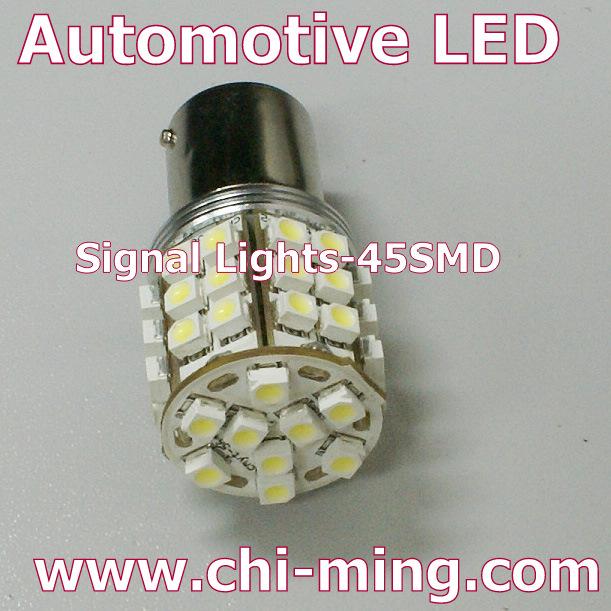
|
|
On
the application of perspective, despite the LED luminous efficiency has
already surpassed incandescent and halogen bulbs, and even beyond the
most of the fluorescent source, but in order to expand LED
applications, LED production costs lower, LED brightness and luminous
efficiency gains in recent years, is still LED technology development
focus. 2001 standard white LED (20mA) luminous efficiency of only 25 lm
/ W, was published until early 2009, Nichia white LED, in 20mA current,
its luminous efficiency of up to 249 lm / W, for the most in the
industry. High-power white LED (350mA) light-emitting efficiency by
2004, about 30 lm / W, at the end of 2008 Cree issued a 161 lm / W
products are the highest in the industry. In addition to affecting the
LED luminous efficiency luminous flux output, as well as energy
consumption, the "hot" Another key factor, given the current widespread
commercialization of LED luminous efficiency analysis, 1W high power
LED luminous efficiency of about 70lm / W, of which 77% of energy
patterns shown with hot, only 23% of the energy patterns of light
shown, when the input power is higher, producing more heat and
therefore require more cooling components, resulting in LED costs,
lower reliability, If improving the efficiency of LED light, LED heat
problem will be resolved naturally. |
|



